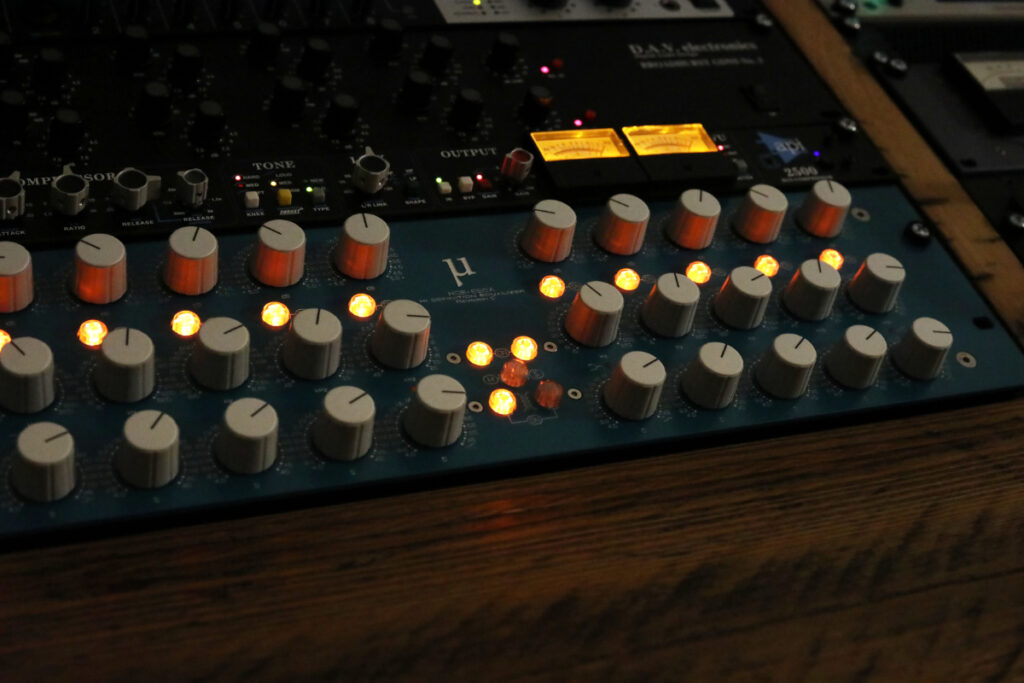It doesn’t happen often, but every now and again I get asked for a ‘radio master’, separate from the main CD master. What do they want? A couple of extra dB, to make it stand out.
I’ve never agreed. Here’s why.
Louder for radio
Why would someone want a louder version for radio? Simple, they want their track to stand out. That, and jukeboxes, are the root of the ‘loudness wars’.
Jukeboxes have been replaced by iTunes and Spotify playlists, but the logic remains the same. The louder you track, the more people will pay attention.
Except they won’t. Almost the opposite in fact.
Broadcast processing
iTunes and Spotify are both quietly [sic] spelling an end to louder = better by introducing Sound Check and ReplayGain which both even out loudness levels between tracks, making the kind of mastering techniques used to achieve EDM loudness (somewhat) redundant. Once the track is turned down it would have been better off to have a more dynamic master.
The same is true for radio – and has been for some time. Radio stations apply their own broadcast processing to their signal before it goes out. It makes sense. After all, music stations in particular play a tremendous variety of material, they can’t afford to have it veering wildly from loud to quiet.
And besides, they want their station to stand out while you’re tuning that dial, too. Hottest station wins.
Not necessarily, but you get the idea. Each station has its own distinctive character, depending on its intended audience. For point of reference, try listening to BBC Radio 1 next to BBC 6 Music. Radio 1 is smashed to all hell and frequently distorts. 6 Music is much gentler, as befits an older demographic more interested in fidelity.
Chuck in that DAB radio is encoded at 192kbps at best (less than half CD quality) and the hotter your master, the more it suffers on radio.
The future of radio loudness
And if you want to future-proof your release, there’s even less reason to apply extra smash for radio. If you’re involved in broadcast at all, you’ll know the UK recently (finally) adopted the EBU R128 standard for TV. Radio is bound to follow at some point.
For those that don’t know, EBU R128 is the European standard for loudness. Other continents have their equivalents, which are all essentially the same. It’s a standardised measurement for loudness (not volume, loudness – the meter is filtered to resemble the human ear as much as possible) with agreed upon standards. The measurement covers the entire programme rather than momentary measurements.
So, any TV show must now be at -23 LUFS (loudness units) averaged across the whole programme. That means you’re allowed far higher than that, and far lower, but the sum must equal -23 LUFS (they do allow a +/- 1 leeway). If material submitted to the station doesn’t meet this spec, the TV station will adjust the overall programme gain to match it – i.e. turn it up or down as appropriate.
It’s all a lot simpler than it sounds. But the point is this: once applied to radio, it will be impossible to make your record sound louder than others. In fact, the harder you try, the more you’ll fail.
That’s why I never agree to do a ‘radio master’.


